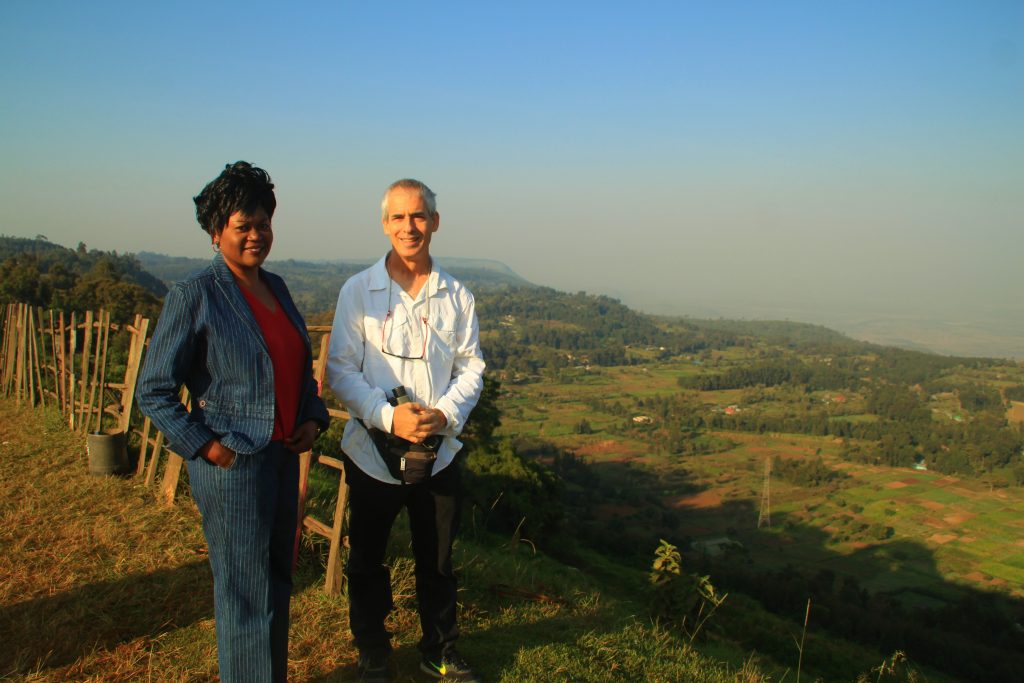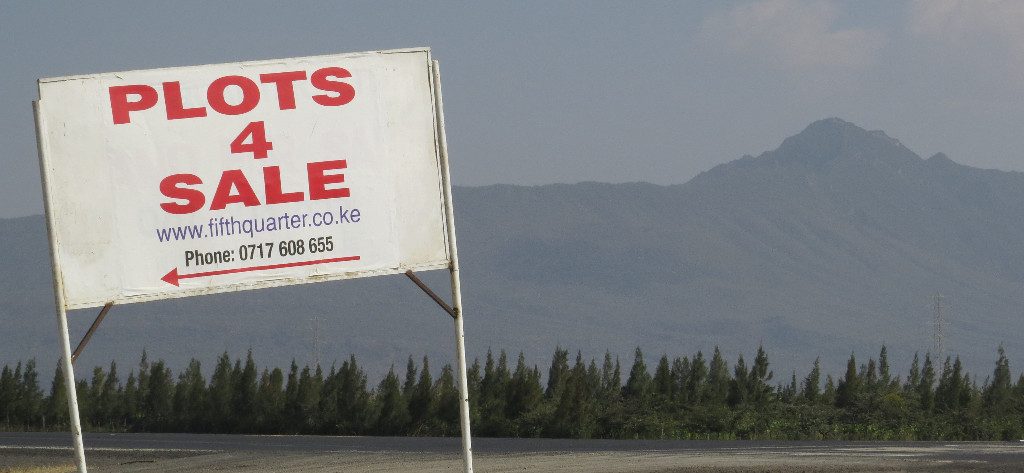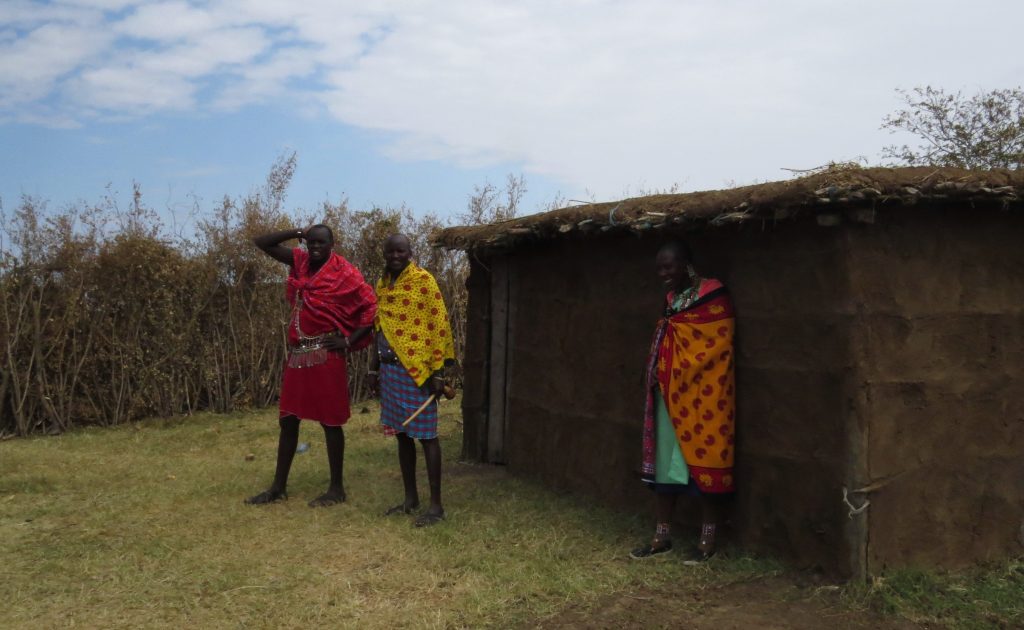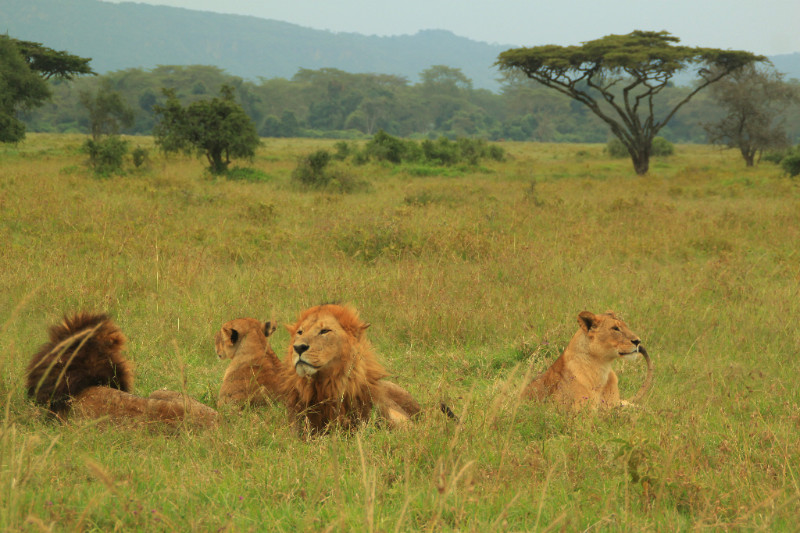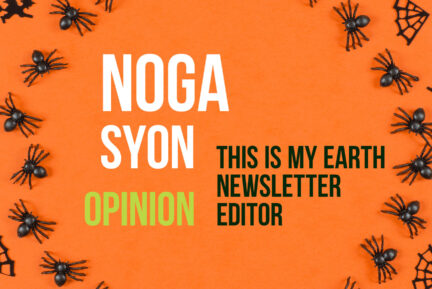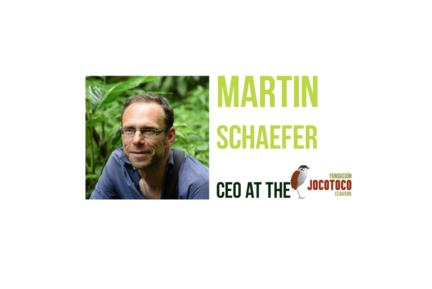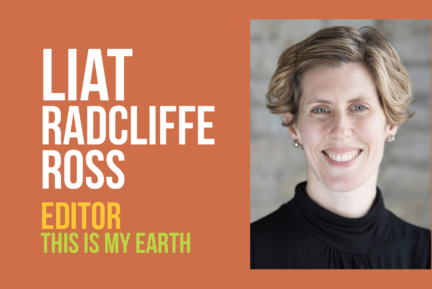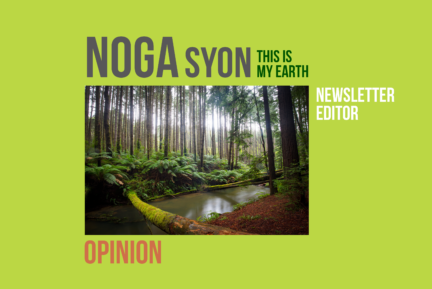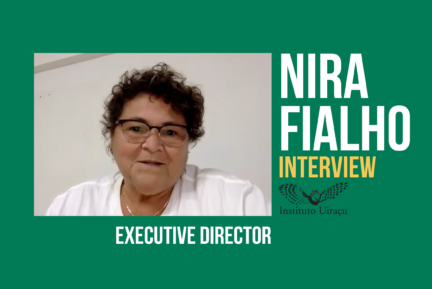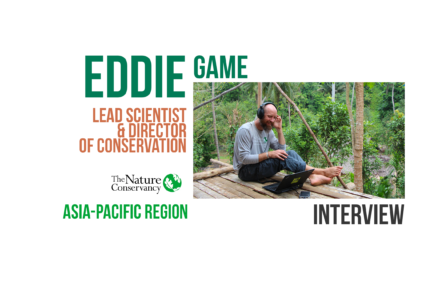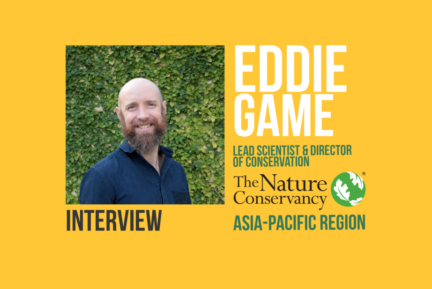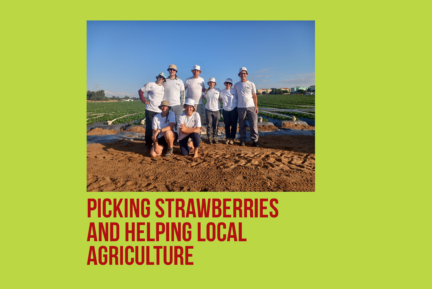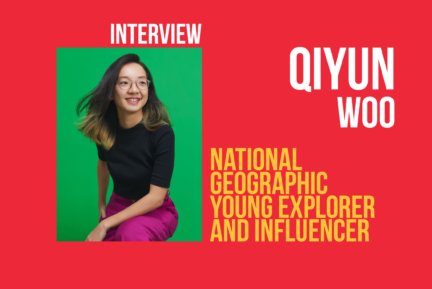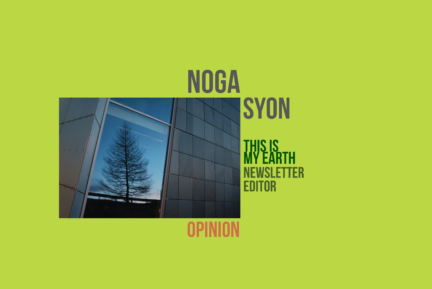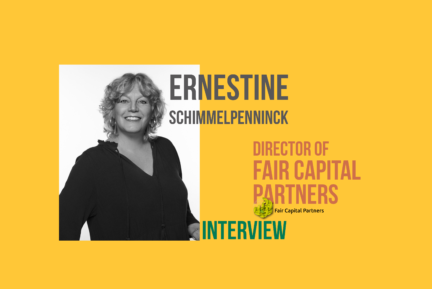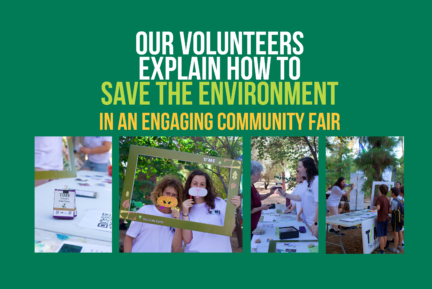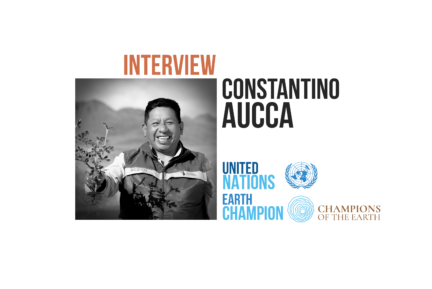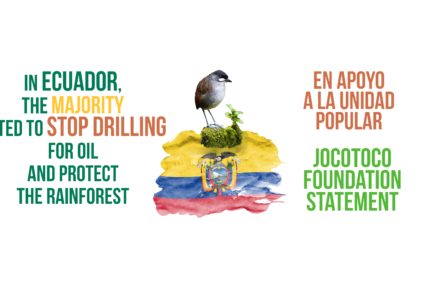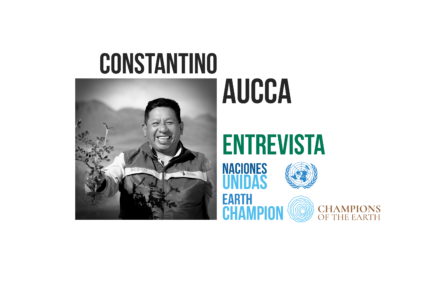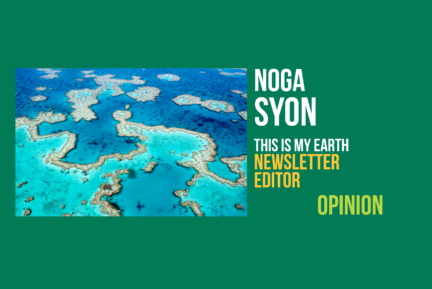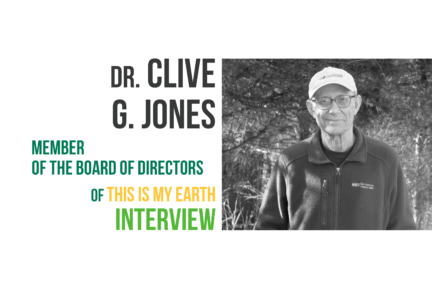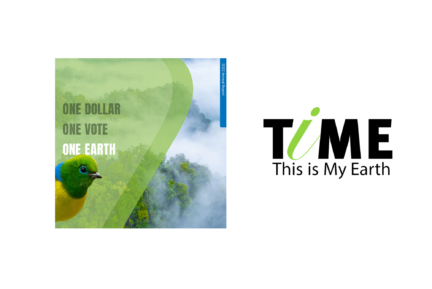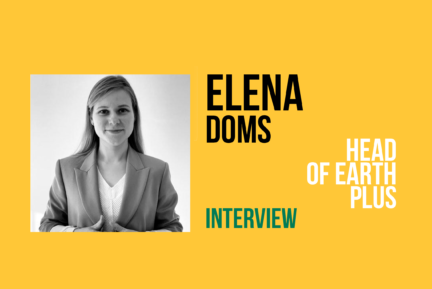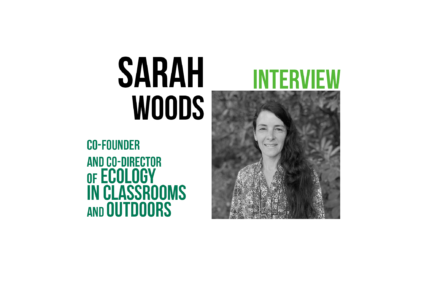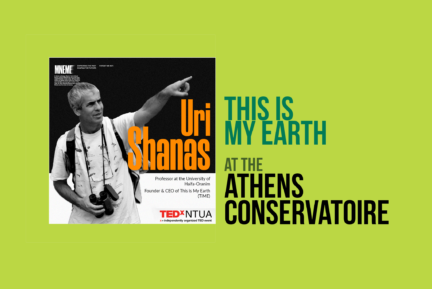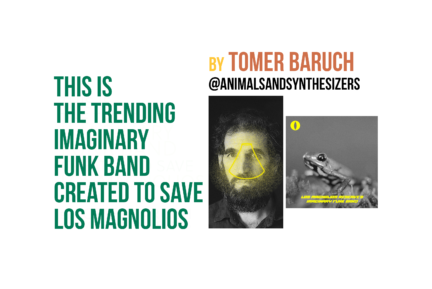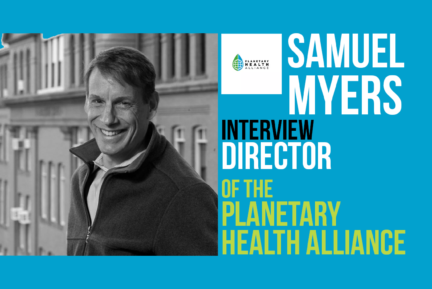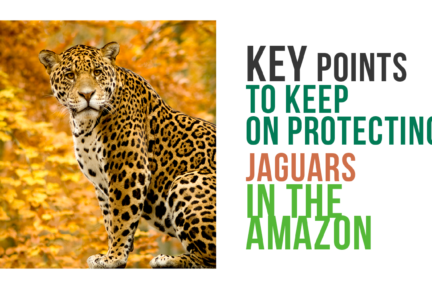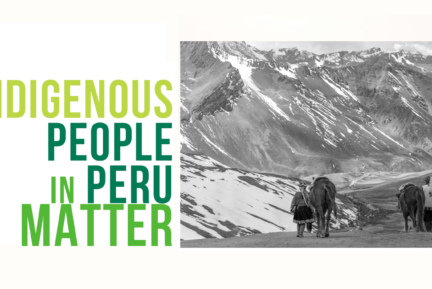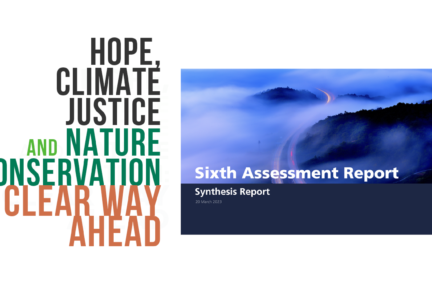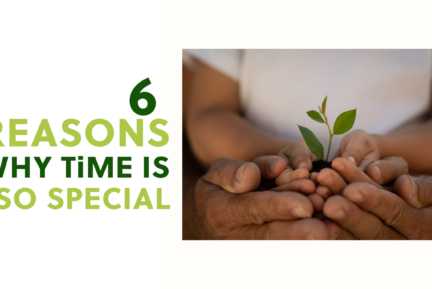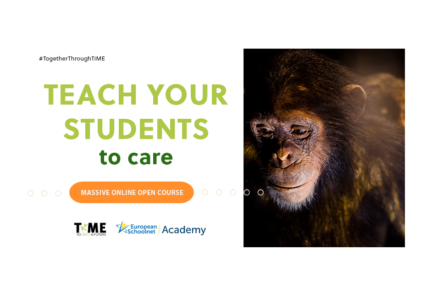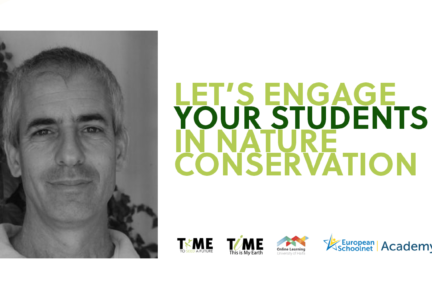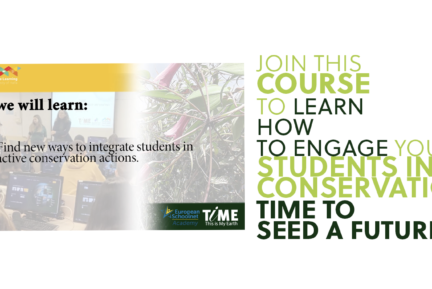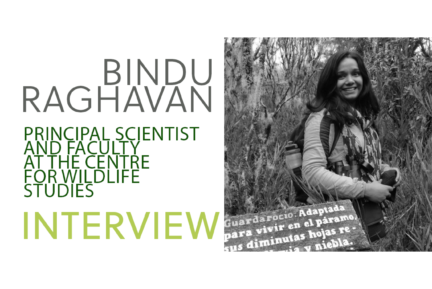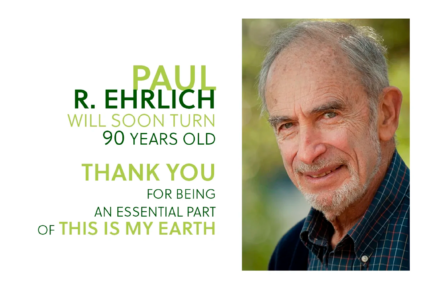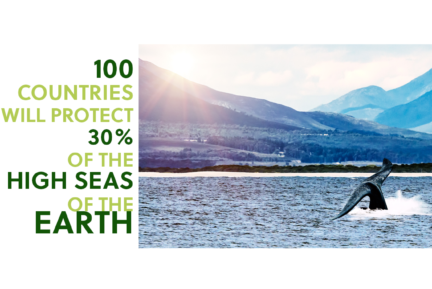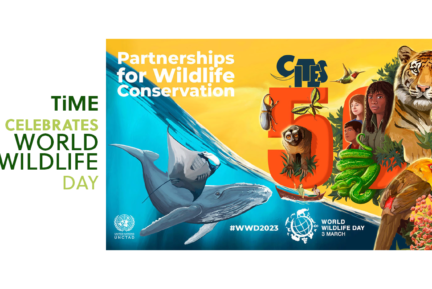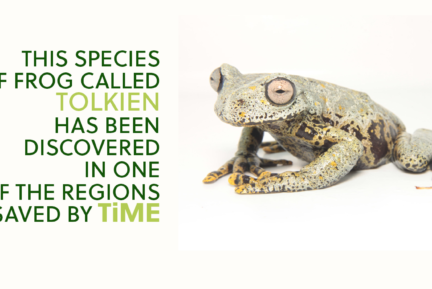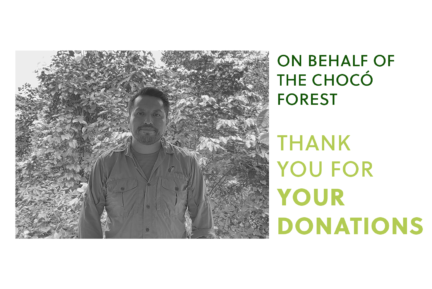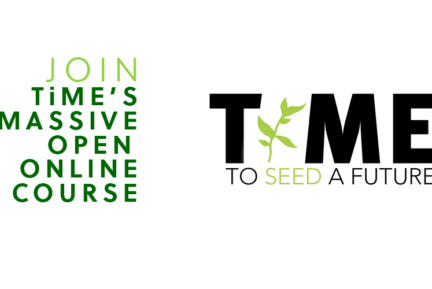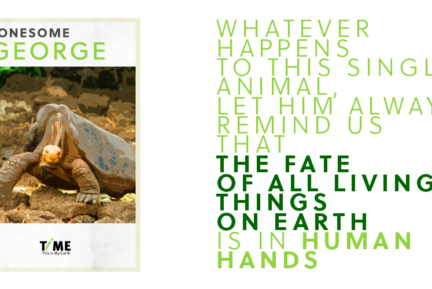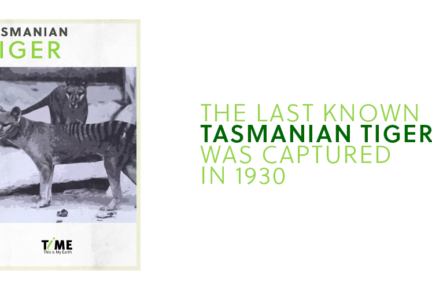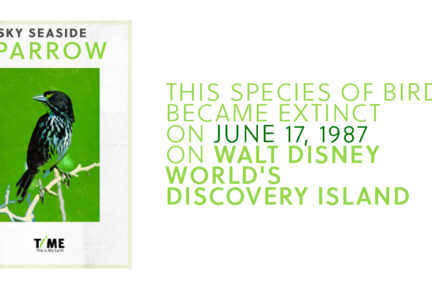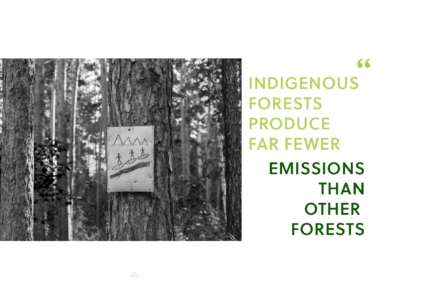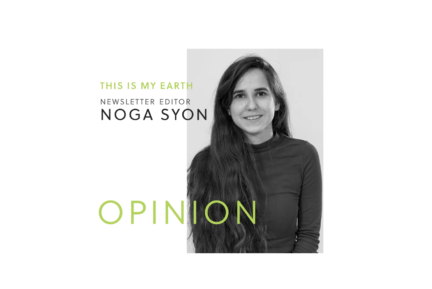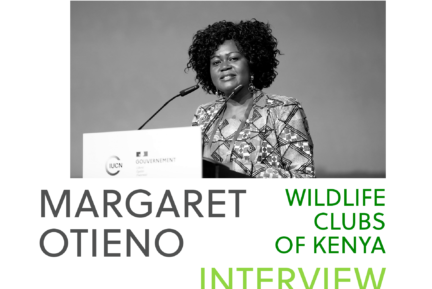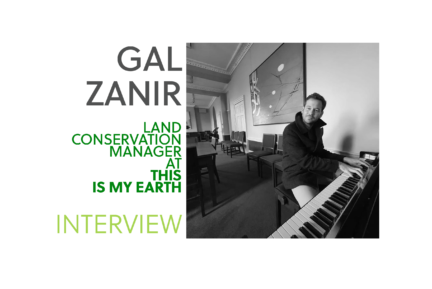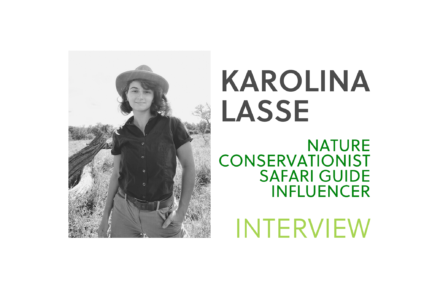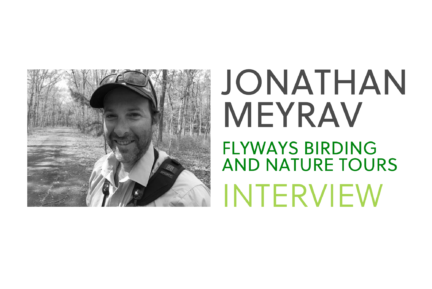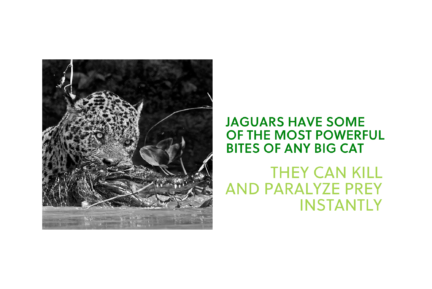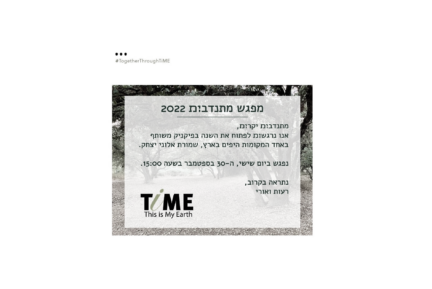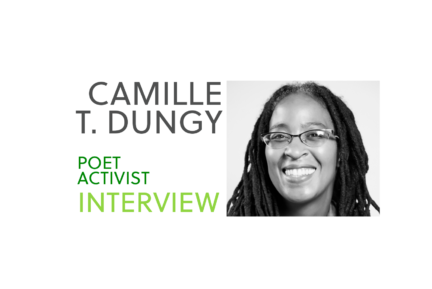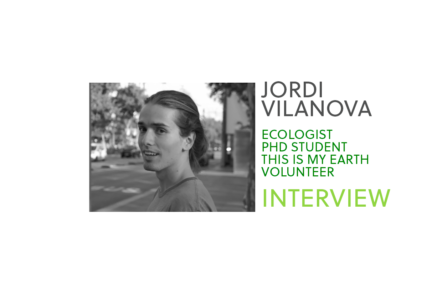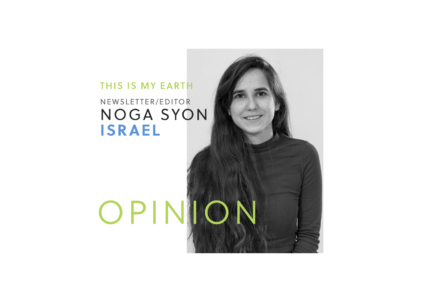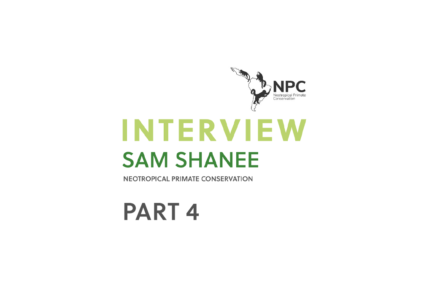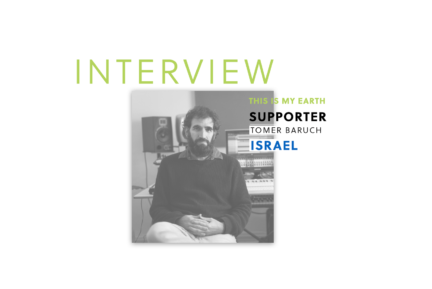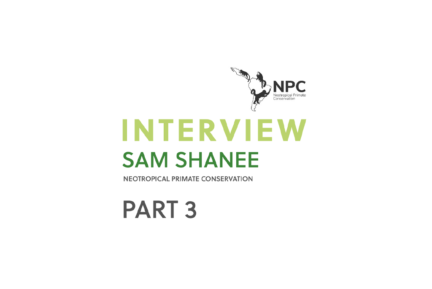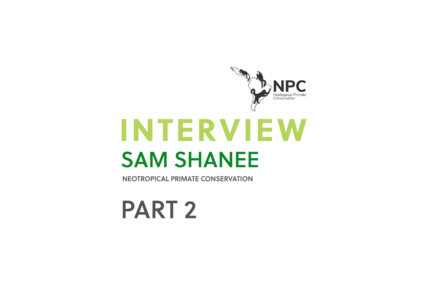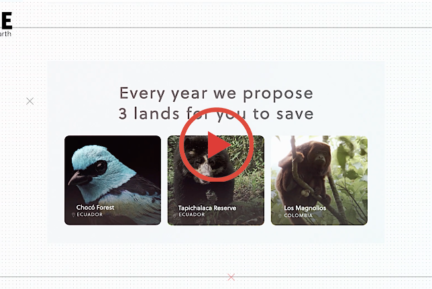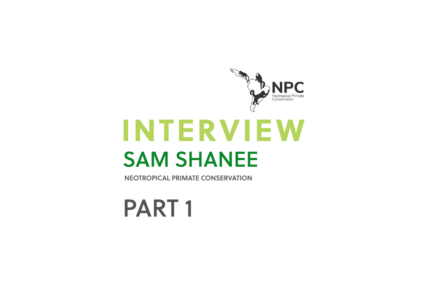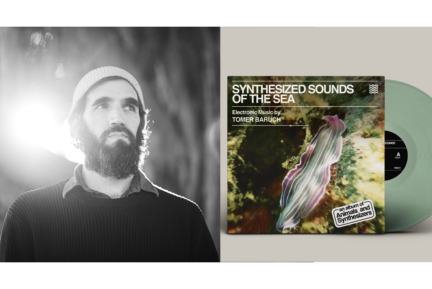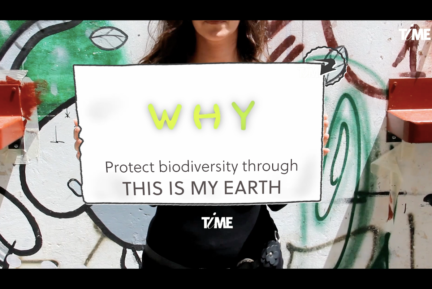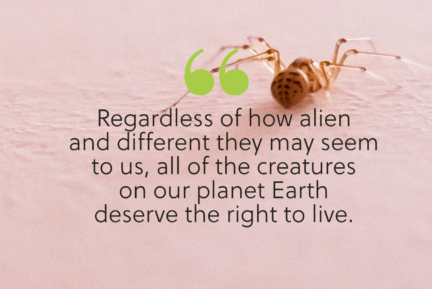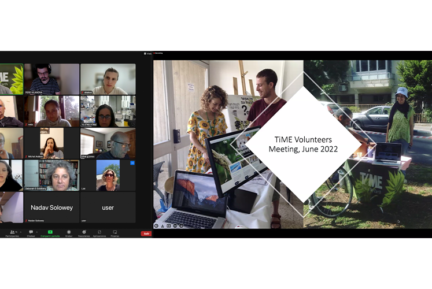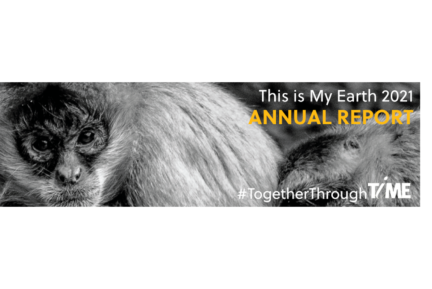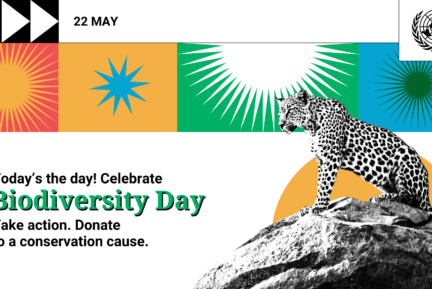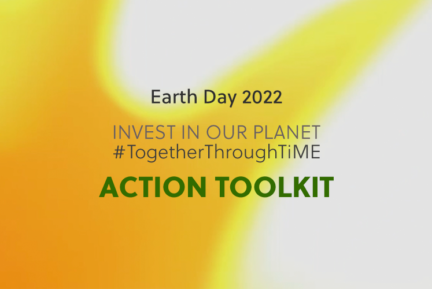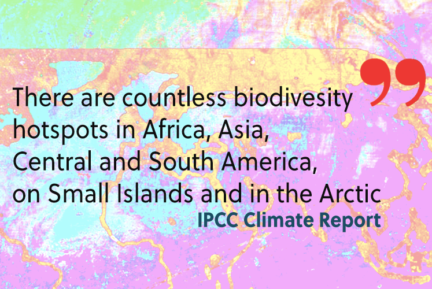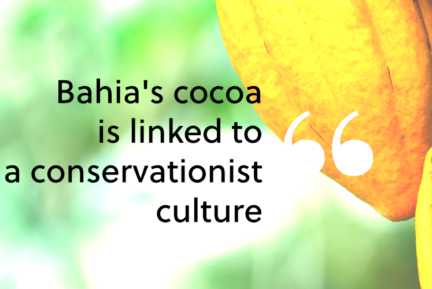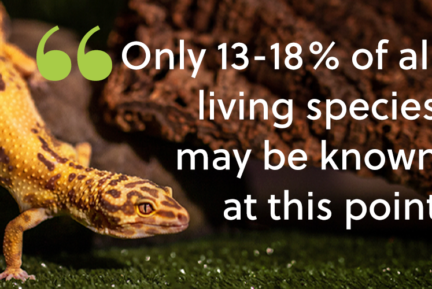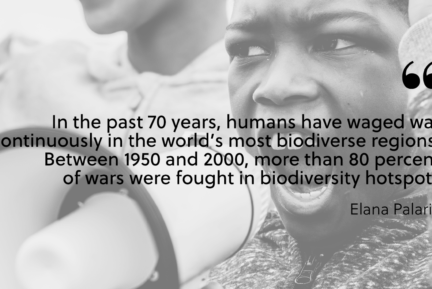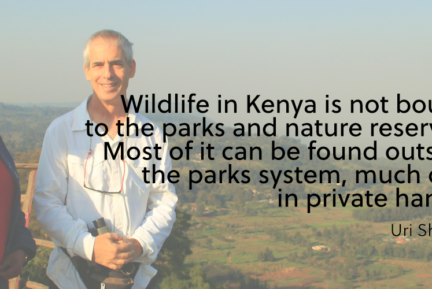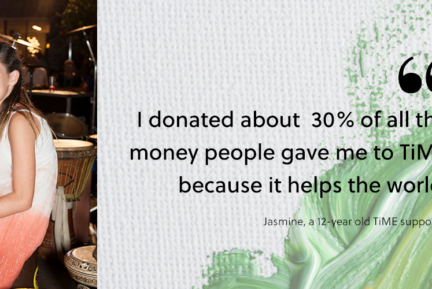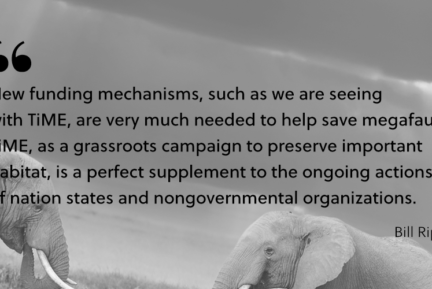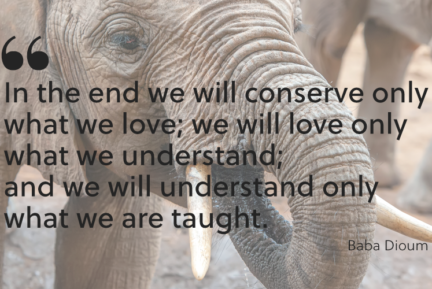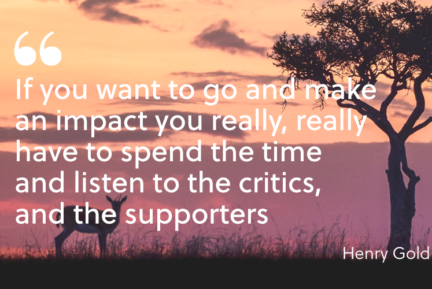The following interview with founder and co-chair Uri Shanas was published in our August 2016 newsletter:
Hello, Uri. You’ve recently returned from Kenya. Can you tell us why you went?
Kenya is one of the last places on earth where one can experience nature in all its might and beauty, so I was excited to visit TiME’s partners there, the Wildlife Clubs of Kenya, and experience first-hand this wonderful country.
Two days before departing for Kenya, Bill Ripple, who serves on our scientific advisory committee, led a call to scientists to save the terrestrial megafauna on earth. Along with other leading scientists, he formulated a declaration in the hope of changing the course of the current extinction rate of some of the most awe-inspiring animals. In their words: “Under a business-as-usual scenario, conservation scientists will soon be busy writing obituaries for species and subspecies of megafauna as they vanish from the planet.” This is exactly the kind of reality check that convinced me to leave my comfortable office at the university and establish This is My Earth.
A month earlier Scherer et al published a paper where they warn that to meet the CBD’s (Convention of Biological Diversity, 2010) goal of protecting 17 percent of the world’s terrestrial area, Kenya needs 50 times the investment it received so far from the Global Environment Facility.
With these two papers in mind, I arrived in Nairobi and went to meet Dr. Margaret Otieno, the national coordinator and CEO of the Wildlife Clubs of Kenya. Dr. Otieno (“call me Meg”), a smart, vigorous and cheerful woman with an outstanding sense of humour, took us on a day trip to the Mount Longonot and Lake Naivasha region, where I would learn why TiME’s support for land purchase in this region is so vital.
With Dr. Margaret Otieno of the WCK
So why is it so crucial to support efforts to protect land in Kenya?
Wildlife in Kenya is not bound to the parks and nature reserves. Most of it can be found outside the parks system, much of it in private hands. Yet the law in Kenya allows anyone (Kenyan or foreigner) to purchase land, fence it and turn it into an agricultural field or even a hotel. Land becomes increasingly fragmented and the need to set a side corridors to connect wildlife populations is pressing.
Plots 4 sale near Mt. Longonot
In fact, the first parcel that was proposed to TiME for purchase had already been sold! And sadly not for conservation purposes. So WCK and TiME are now looking at land on the slopes of Mount Longonot, which can potentially create an important corridor for the zebras, giraffes, lions, leopards and many other species who inhabit this piece of paradise that desperately need open routes to other lands.
Tell us more about Wildlife Clubs of Kenya.
WCK is experienced in purchasing land for conservation, but it also offers added value. Formed by students, it hosts in its hostels and mobile-education units about a million children a year, teaching them about the environment, why they should care for Kenya’s wildlife, and general stewardship for the land.
A good example of the value of nature became apparent to us when we visited Aberdare National Park. This remarkable protected park, facing Mount Kenya, is so rich with wildlife I couldn’t bare to close my eyes for a moment and miss anything, even after a long, tiring ride. This range supplies all of Nairobi’s water. It also supplies food, wood and, to my surprise, much of Nairobi’s hydro-electric power. When I teach in class the concept of ecosystem service, I never thought of electricity as a commodity provided by well-protected lands.
Where did you go from there?
I headed north, where I met Anthony Ochino and Dr. Mordecai Ogada from Conservation Solution Afrika. These two energetic men try to find solutions for conflicts between wildlife and people. We traveled with Anthony to see some of the beautiful landscape of Laikipia county with its rich wildlife and learned that here too, corridors for wildlife can provide a good solution to our co-existence with elephants, rhinos, oryx, hyenas and cheetahs.
Saruni (left in red) with friends
Back south in the Mara region I had extensive conversations with Saruni, a young university-educated Maasai man I happened to meet, which only increased my appreciation for Kenya and its people. Maybe one of the reasons why today we are able to enjoy the wonders of wildlife in East Africa is the Maasai culture. They do not hunt game (what a horrible term for hunted wildlife given by Europeans!), but live their pastoral lives alongside nature. Saruni, who came back to his village after studying tourism, talks in great despair about how poor the Maasai people are. They were expelled from the nature reserve but barely enjoy any benefits of this tourist gold mine (a single entrance fee to Maasai Mara is 80 USD/day!), unless they beg tourists to buy their ornamental beads or visit their village. Practically with tears in his eyes he described the casualties Maasai people often suffer from wild animals, and yet they refrain from hurting them. Saruni told me that they would like better protection for their people and to share in the benefits of protecting those magnificent animals.
Sounds like you learned a lot on this trip!
There’s more: back in Nairobi, I met Ofir Drori, an outstanding activist, who founded EAGLE (Eco Activists for Governance and Law Enforcement) to fight illegal poaching in Africa. Their success in putting over one thousand (!) traffickers in jail, which requires them to stand up to some of the most fearsome criminal and terrorist groups in this continent, is awe inspiring. During our two meetings I learned from Ofir’s extensive experience why the current practices of conservation in Africa are not enough to save the wonderful species of this continent from extinction. We need to address land loss, fragmentation and poaching. It is clear that the best way to do it is by engaging millions of caring global citizens. TiME is a perfect platform for such an ambitious target!
